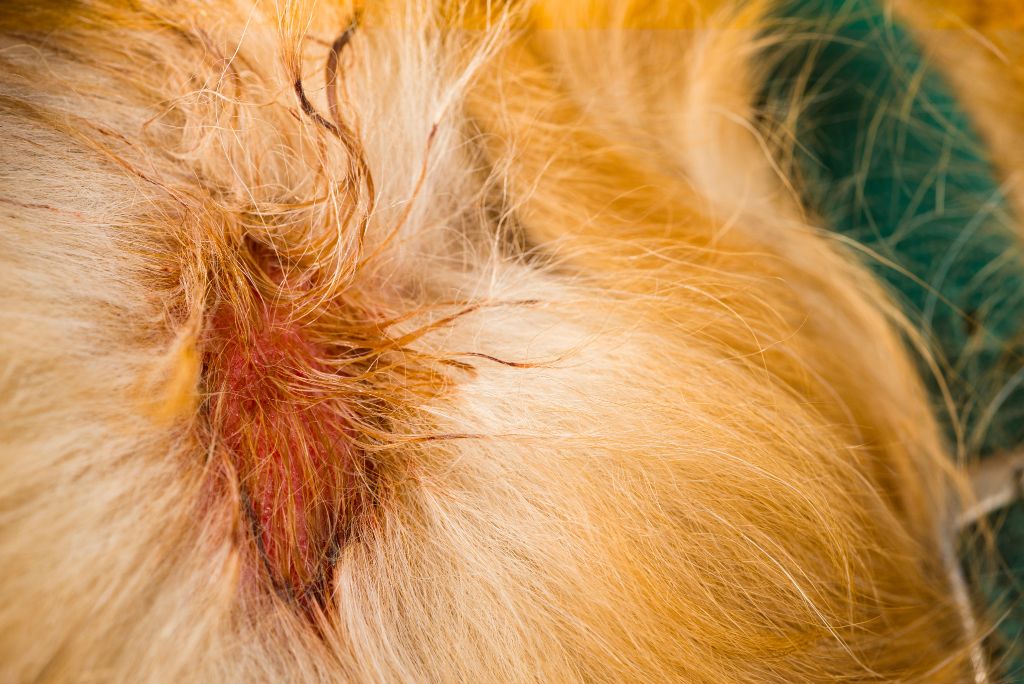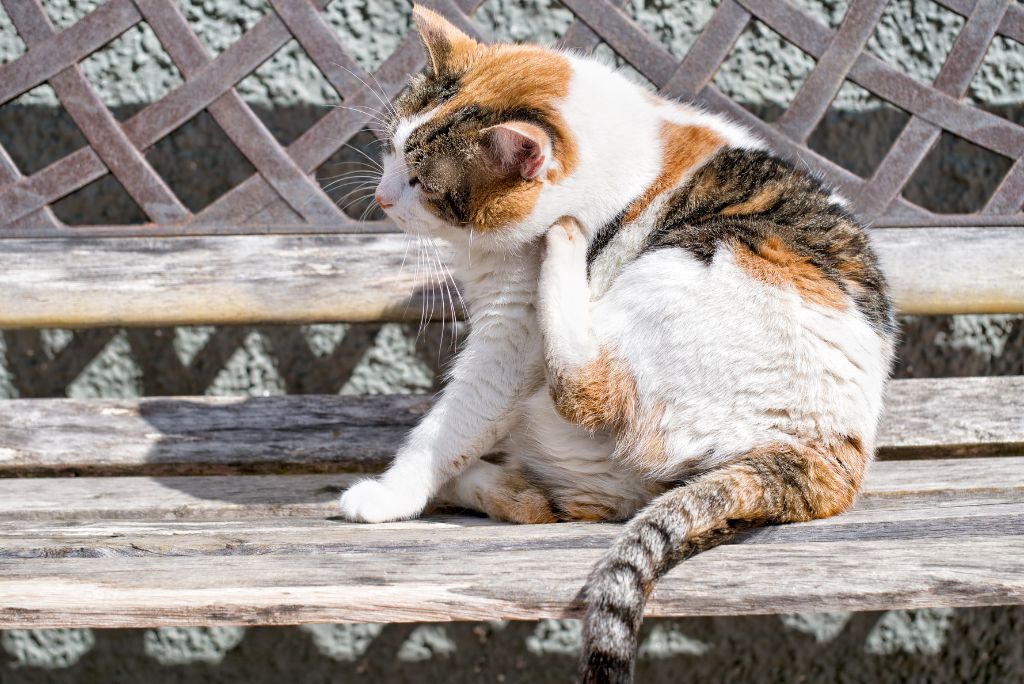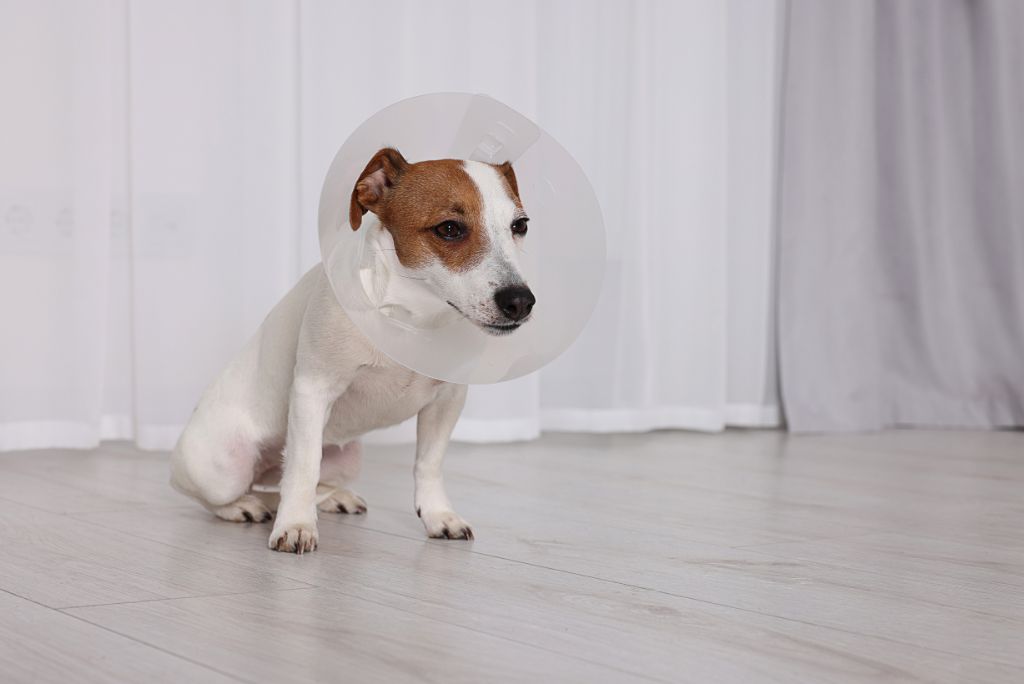
Managing Hot Spots in Dogs and Cats
Pet skin irritations and infections are part of the territory when it comes to owning a household animal. Each pet is completely unique and will come with their own set of issues and intolerances, as well as there being environmental factors that will play a part in certain health problems.
However, knowledge is power. So the more you can learn about what your pet may be allergic to, if they are more prone to certain health conditions, as well as any in-home or outdoor factors that could contribute to pet skin inflammation, the better you’ll be equipped to help your animal companion should they need it.
Today we’re going to be talking about all things hot spots, taking a closer look at itchy skin in dogs and cats, general pet skin health as well as pet allergy-induced hot spots. We’ll take you through the need-to-knows, as well as treatment and prevention methods to keep your pet happy and healthy.
Pet hot spots - what are they?
Hot spots, also known as acute moist dermatitis, can be characterised as a small patch of infected skin on an animal. This patch is often red and inflamed, and tends to be damp with an unpleasant smell to it.

Hot spots can be caused by a number of things; from cuts and bites, to fleas and parasites, to skin allergies. The affected area, even if minor to begin with, can then be worsened through your animal licking or biting it, leading to the uncomfortable ailment we know as hot spots.

The longer the area is left, the more bacteria can get into the wound and cause further infection. If you notice the beginnings of a hot spot on your pet, it is vital to get the infection treated promptly; not only will this nip it in the bud much quicker, it will also stop the risk of your pet making it worse through licks and nibbles.

Treating hot spots in pets
Treatment for hot spots should be administered as soon as you notice it beginning to form - the quicker the treatment, the quicker the recovery.
Hot spots tend to be treated in the following ways:
Lick/nibble prevention
One of the first things to intercept when it comes to hot spots is licking and nibbling. Your pet will naturally be annoyed and made uncomfortable by the appearance of a hot spot, and may try licking or biting at the wound to soothe the pain and itching.
Of course, this will only aggravate the wound more, as it will make the area moist thereby allowing bacteria to fester. Keeping the hot spot as cool and comfortable as possible will help to minimise your pet’s desire to mess with it, and if they really won’t leave it alone you may want to consider getting a cone/collar or protective suit for your pet.

Cleaning
It is vital to keep the wound clean to reduce the risk of further infection and bacteria build up; this will speed up the recovery process and minimise further complications.
Always consult your vet as to the best pet-safe products to use to clean the wound. Yet one of the most effective natural hot spot treatments for pets we would recommend is a solution of warm salt water, as it is non-toxic to pets and excellent at drawing out infection.
Fur-clipping
Most pets come with a full fur coat, and this can cause issues when it comes to the maintenance and healing of wounds such as hot spots. It is recommended to keep a pet’s fur or hair clipped in the area surrounding the hot spot; these wounds tend to be quite damp and the removal of hair will allow the air to reach it and dry it out.
Medication
Hot spots can vary in severity and so will require different medications depending on the level of infection. Vets may prescribe certain steroids or antibiotics to reduce inflammation and counteract more extreme infections, for either topical or oral use.
Hot spot remedies
When it comes to healing hot spots in pets, the first port of call should always be your vet to ensure that any particularly nasty infections are nipped in the bud pretty quickly. One of the best lines of defence for hot spots is to catch them early before they become too severe - this reduces the risk of further complications and stops your pet being in discomfort for too long.
Canine hot spots and feline hot spots can be a pest and are super uncomfortable for your animal companion. So once you have had them checked over at the vet, the at-home pet skin wound care begins!

Here are some of the best hot spot care tips you can do at home, to help keep your pet comfortable and care for their healing hot spots:
Follow veterinary instructions carefully
Once your pet has been given the all clear to head home, it is important to follow the recommended wound care plan closely. From cleaning, wound dressing and medication administration, making sure you keep on top of keeping the hot spot as clean and dry as possible will speed up the healing process and stop things getting worse.
Hygiene is key
Hot spots are the perfect breeding ground for bacteria, and if not cleaned will increase the risks of further infection and keep your pet feeling poorly. Proper pet grooming for hot spots will help keep wounds in check, be sure to keep the surrounding fur clean and trimmed to stop hair getting stuck in the wound, and take extra care after your pet has been outside.
Distraction techniques
We know that hot spots are going to be itchy and sore, and your pet’s first instinct will be to lick and bite the wound to soothe the pain and scratch the itch. Distraction is one of the best tools in your arsenal to stop your pet from making their hot spot problem worse.
Keeping them entertained will stop them getting bored and turning to their hot spot; extra exercise and playtime can help, as well as stimulating toys and slow-feed bowls that will help to hold their attention for more than a few minutes.
Hot spot prevention
It can also be beneficial to think about hot spot prevention; addressing the cause and not the symptoms. Keeping up to date with your cat or dog’s flea and worming treatments will help ward off parasites that can cause subsequent hot spots through their bites or open wounds created by scratching. Maintaining general good hygiene, particularly with minor cuts and scrapes will keep out the bacteria and stop them from developing further.
You may also want to consider supplementing your pet’s diet with additional fatty acids to help promote good skin health and further reduce the risk of their skin being prone to prolonged infection and slower healing time.
Our top product suggestions for dog and cat food high in fatty acids are:
In Conclusion
With close care and attention, hot spots can be caught early and properly treated before things get too bad. Our recommendation would be to keep your eyes peeled to make sure your pet stays happy and healthy, and if you’re at all concerned reach out to a qualified professional for further personalised advice.
